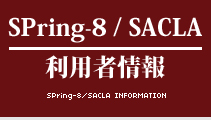Volume 30, No.1 Pages 35 - 38
2. 研究会等報告/WORKSHOP AND COMMITTEE REPORT
18th Conference of the Asian Crystallographic Association
Industrial Application and Partnership Division, Center for Synchrotron Radiation Research, JASRI
1. Introduction
The Asia-Pacific region has a long tradition of crystallography, and today, the Asian Crystallographic Association (AsCA) continues to promote communication and cooperation between researchers in this field. Among the four Regional Associates of the International Union of Crystallography (IUCr), AsCA is one of the youngest and fastest-growing. AsCA is proud of the significant progress in crystallographic activities within the region over the past two decades. The meetings of the Association continue to have grown in size and stature over time, with the quality of science at the recent meetings attracting participation from Europe and the United States. AsCA has now been in existence for about 35 years and looks forward to further growth in keeping with economic developments in the region[1][1] https://asca.iucr.org. The objectives of AsCA are to facilitate cooperation in the science of crystallography within the Australasian region by promoting crystallographic research and holding conferences and schools. The current membership countries are Australia, Bangladesh, Cambodia, China, People's Republic of China, Taiwan, India, Indonesia, Japan, Korea (Republic of), Malaysia, Mongolia, New Zealand, Pakistan, Philippines, Singapore, Sri Lanka, United Arab Emirates, Thailand, and Vietnam. Each member country has voting representation on the AsCA council with the number of votes determined by the membership level as detailed in the Constitution[1][1] https://asca.iucr.org.
AsCA was established at the Perth IUCr Congress in 1987 and is entering a mature phase of its life. The first AsCA meeting was held in the Regional Language Centre, Singapore, during November 13–16, 1992. Subsequent conferences were held across the Asia-Pacific region: AsCA1995 in Bangkok, Thailand; AsCA1998 in Bangi, Malaysia; AsCA2001 in Bangalore, India; AsCA2003 in Broome, Australia; AsCA2004 in Hong Kong; AsCA2006 in Tsukuba, Japan; AsCA2007 in Taipei, Taiwan; AsCA2009 in Beijing, China; AsCA2010 in Busan, Korea; AsCA2012 in Adelaide, Australia; AsCA2013 in Hong Kong; AsCA2015 in Kolkata, India; AsCA2016 in Hanoi, Vietnam; AsCA2018 in Auckland, New Zealand; and AsCA2019 in Singapore[1][1] https://asca.iucr.org. The last AsCA meeting was held in Jeju Island, Republic of Korea, during October 30–November 2, 2022. The quality of the science at the recent meetings has been outstanding. AsCA looks forward to further growth in keeping with economic developments in the region.
The 18th Conference of the Asian Crystallographic Association (AsCA 2024) was held at the Kuala Lumpur Convention Center in the dynamic city of Kuala Lumpur during December 1–6, 2024[2][2] https://www.asca2024.com. The Kuala Lumpur Convention Centre is Malaysia's premier award-winning venue located in the heart of Kuala Lumpur. The five-level facility has a total of 33,659 m2 of customizable multi-purpose function space, including two auditoria, a Grand Ballroom, Banquet Hall, three Conference Halls, eight Exhibition Halls, and 23 meeting rooms.
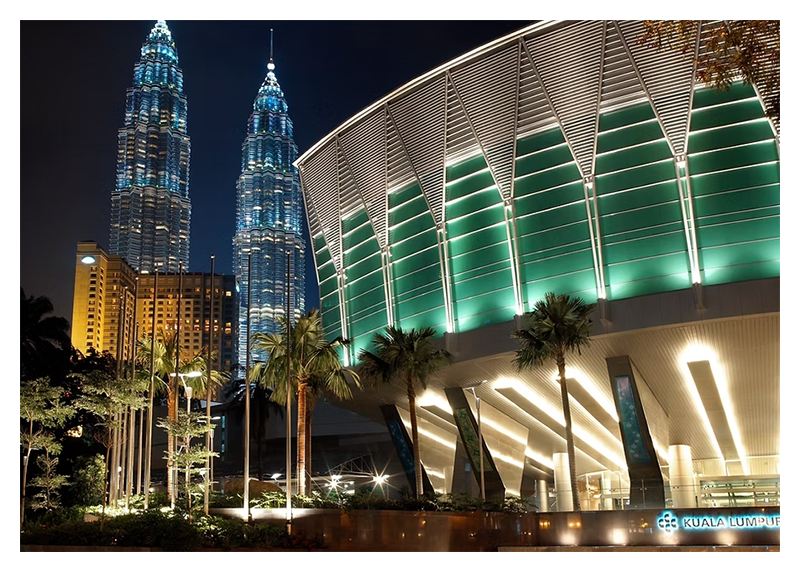
Figure 1 The Kuala Lumpur Convention Centre in Kuala Lumpur [2][2] https://www.asca2024.com.
2. Overview of Conference
The theme for AsCA 2024 was 'Crystallography Today: Beyond the Fundamental Science', reflecting the conference's focus on exploring the expanding horizons of crystallography and its diverse applications. The conference was organized by the Malaysian Crystallographic Association (MyCA), with Dr. Irene Ling serving as one of the co-chairs, Dr. Ally Yeo Chien Ing as the secretary, and Dr. Alan Tan Sang Loon as the treasurer. The conference focused on three main scientific programs: MS1 - Structural Biology, MS2 - Chemical Crystallography, and MS3 - Materials and Methods, under the guidance of the local program chair, international program chair, and an international program committee comprising seven members[2][2] https://www.asca2024.com.
The event aimed to bring together crystallographers from across Asia and Oceania to share their research, engage in discussions, and foster collaborations. Attendees had the opportunity to participate in a variety of sessions, including keynote lectures, oral presentations, poster sessions, and workshops. One of the highlights of AsCA 2024 was the pre-conference workshop, which took place during the first two days. These workshops provided participants with hands-on experience in the latest techniques and technologies in crystallography.
The main program, which began with a grand opening ceremony featuring traditional dance performances, spanned from the third to the sixth day. It included a wide range of topics, such as advances in structural biology, materials science, and computational crystallography, categorized into the following 18 areas:
MS1: Structural Biology
• MS1-II: Protein-Nucleic Acids Interactions
• MS1-III: Disease-Related Protein Structures
• MS1-IV: Membrane Proteins: Structure and Function
• MS1-V: Enzymes and Enzyme Inhibitors: Drug Discovery
• MS1-VI: Hot Structures in Biology
MS2: Chemical Crystallography
• MS2-II: MOFs and Hybrid Materials
• MS2-III: Solid-State Reactions and Dynamics
• MS2-IV: Structure and Properties of Functional Materials
• MS2-V: Crystal Engineering
• MS2-VI: Weak Interaction and Supramolecular Chemistry
MS3: Materials and Methods
• MS3-II: XFEL Applications
• MS3-III: Electron Diffraction and Cryo-EM
• MS3-IV: Complementary Methods for Crystallography Beyond Diffraction
• MS3-V: Computational Modelling, Databases, and Data Mining
• MS3-VI: Crystal Growth Techniques
In addition to the scientific program, AsCA 2024 featured various social events, Conference dinner, and networking opportunities. These events allowed attendees to connect with peers, share ideas, and build lasting professional relationships. The conference concluded with a closing ceremony, during which the organizers expressed their gratitude to all participants and celebrated the success of the event.
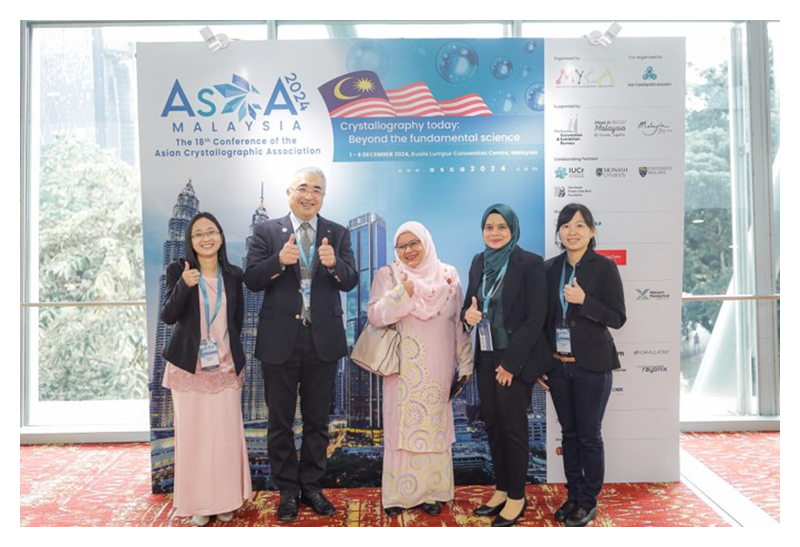
Figure 2 AsCA2024 organising committee with AsCA president Prof. Genji Kurisu.
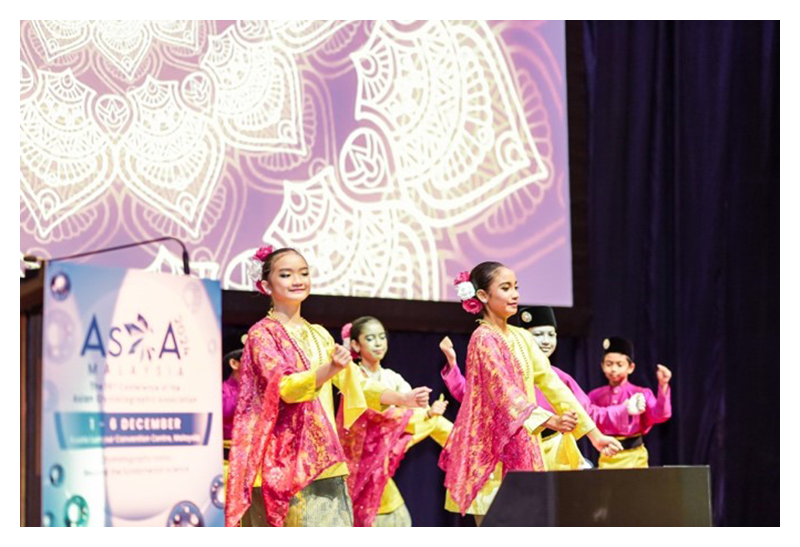
Figure 3 Opening ceremony
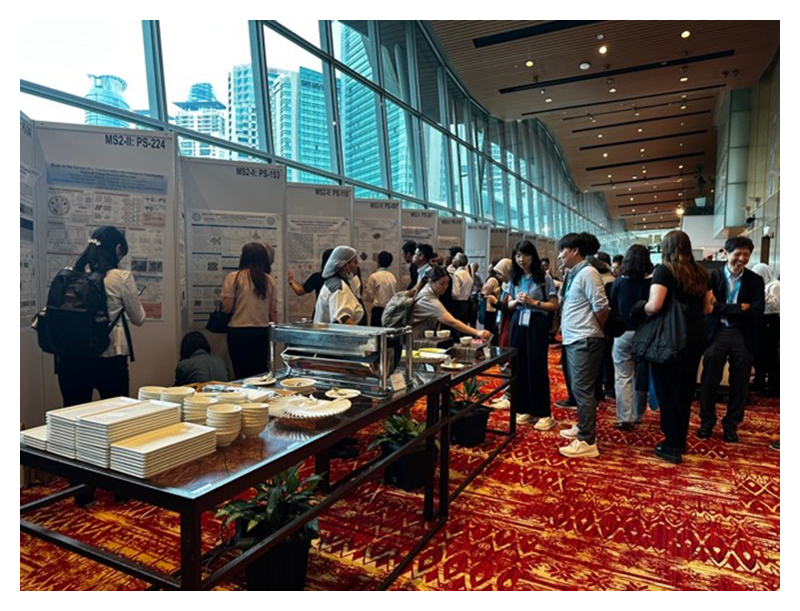
Figure 4 Poster sessions
3. Highlighted Lectures
The AsCA 2024 conference showcased a diverse array of experts, including plenary speakers Shuya Fukai (structural biology), Kana M. Sureshan (chemical crystallography), and Genji Kurisu (methods and materials). Keynote speakers such as Josie Auckett, Sun-Shin Cha, and Chun-Jung Chen addressed a range of topics, including synchrotron applications and protein-nucleic acid interactions. Additionally, invited speakers Fasseli Coulibaly, Peter Czabotar, and Bong-Ji Lee delivered presentations on subjects ranging from crystal growth techniques to enzyme inhibitors. Other notable contributors included Sarah Sunah Park, Eriko Nango, and Jinhee Park, fostering a broad and interdisciplinary exploration of crystallography.
Dr. Nobuyoshi Miyamoto's keynote talk, titled "Self-Assembly of Monodisperse Nanosheets Into Columnar Nanofibers", examined the reversible formation of mesophases from anionic monodisperse nanosheets (mNS) combined with cationic species[3][3] N. Miyamoto et al : Adv. Mater. 14 (2002) 1267.. The study unveiled the creation of one-dimensional columnar nanofibers with distinctive properties, representing a significant advancement in self-assembly and materials engineering.
Dr. Guangqin Li's invited talk, "Porous Coordination Materials for Electrocatalytic Synthesis of Organonitrogen Compounds", focused on converting harmful NOx emissions into valuable organonitrogen chemicals through innovative porous materials[4][4] G. Li et al. : J. Am. Chem. Soc. 145 (2023) 4659–4666.. This research introduced a novel methodology for synthesizing pyridine oximes and enabling the efficient electrosynthesis of oxime ethers, offering promising applications for sustainable chemical production.
Dr. Saori Kawaguchi's invited talk, "Submillisecond In-Situ X-ray Diffraction Measurement System Using Diamond Anvil Cells at Beamline BL10XU/SPring-8", presented a user-friendly platform for high-pressure X-ray diffraction (XRD) measurements[5][5] S. Kawaguchi-Imada et al.: J. Synchrotron Rad. 31 (2024) 2.. The system facilitates real-time observation of structural changes in samples under extreme conditions, providing groundbreaking opportunities for advancements in various scientific disciplines.
Dr. Sarah S. Park's keynote lecture, "Electrically Conductive Metal-Organic Framework Thin Films", highlighted a breakthrough in synthesizing conductive two-dimensional MOF thin films using a single-step, all-vapor-phase chemical vapor deposition (CVD) process. The Cu3(C6O6)2 films exhibited high crystallinity, edge-on orientation, and an electrical conductivity of 92.95 S/cm. These films, fabricated into microdevices via e-beam lithography, address challenges in controlling MOF morphology and hold significant potential for high-performance electronic devices, including electrocatalysts and supercapacitors.
Dr. Hui Ying Yang's plenary talk, "New Generation Low-Dimensional Nanomaterials for Advanced Water Treatment", emphasized the development of innovative nanomaterials for efficient water purification. Her research focuses on enhancing ion transport, electrochemical activity, and reducing energy consumption through nanostructure design. Additionally, she addressed scalability and rapid prototyping for practical water treatment technologies, advancing sustainable solutions.
Prof. Genji Kurisu's closing plenary talk, "Protein Data Bank: The Single Global Archive of 3D Macromolecular Structural Data", highlighted the pivotal role of the Protein Data Bank (PDB) as a global repository of atomic-level 3D macromolecular structures, derived from crystallography, NMR spectroscopy, and cryo-EM. Prof. Kurisu discussed the contributions of Protein Data Bank Japan (PDBj), which has archived and processed data from Asia and the Middle East for over 20 years, alongside its collaborations with wwPDB partners worldwide. He also introduced new tools and services, such as PDBj Mine 2, EMPIAR-PDBj, and XRDa, advancing open science in structural biology[6][6] https://empiar.pdbj.org.
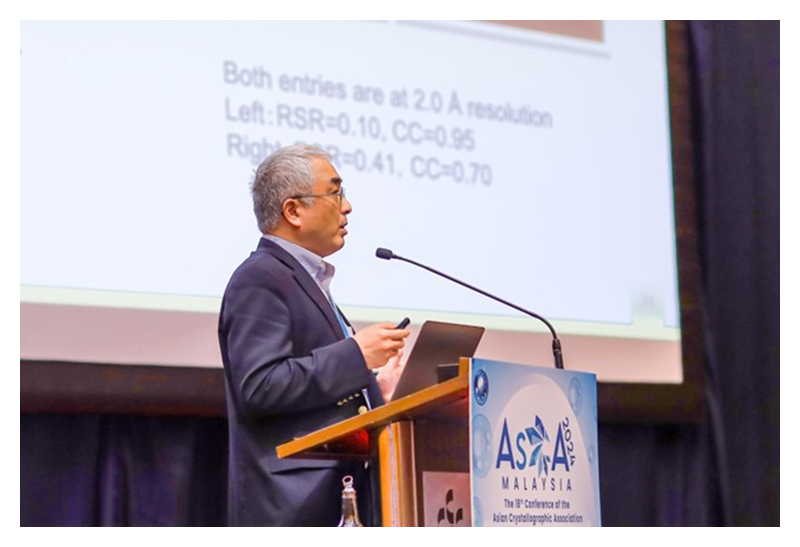
Figure 5. Plenary talk of Prof. Genji Kurisu.
4. Conclusion
The AsCA 2024 conference successfully highlighted the evolving frontiers of crystallography under the theme "Crystallography Today: Beyond the Fundamental Science". Organized by the Malaysian Crystallographic Association (MyCA), the event showcased a diverse scientific program covering structural biology, chemical crystallography, and materials science. Key highlights included engaging plenary talks, hands-on pre-conference workshops, and discussions spanning 18 specialized areas. Social and networking events fostered collaborations among researchers across Asia and Oceania. With its emphasis on advancing crystallographic techniques and applications, the conference provided a platform for knowledge exchange and innovation, marking a milestone in the crystallographic community's journey toward future breakthroughs.
References
[1] https://asca.iucr.org
[2] https://www.asca2024.com
[3] N. Miyamoto et al : Adv. Mater. 14 (2002) 1267.
[4] G. Li et al. : J. Am. Chem. Soc. 145 (2023) 4659–4666.
[5] S. Kawaguchi-Imada et al.: J. Synchrotron Rad. 31 (2024) 2.
[6] https://empiar.pdbj.org
Industrial Application and Partnership Division
Center for Synchrotron Radiation Research
Japan Synchrotron Radiation Research Institute (JASRI)
SPring-8, 1-1-1 Kouto, Sayo-cho, Sayo-gun,
Hyogo 679-5198, Japan
TEL : 050-3496-9190
e-mail : rosantha@spring8.or.jp
